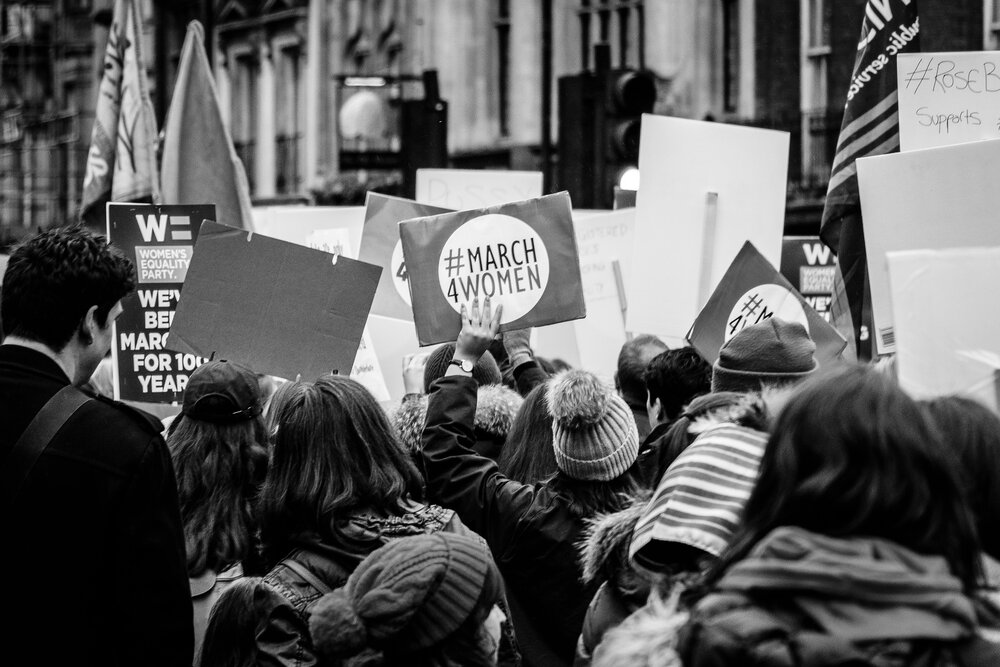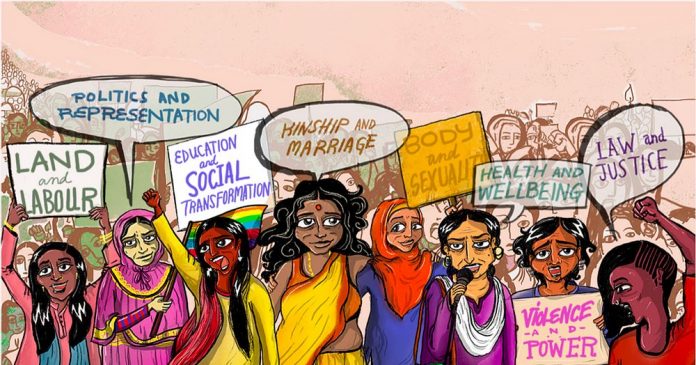Women have been fighting for equal rights since generations and still continue to do so. The first wave of feminism started in the USA and soon spread to other countries. Feminism is still needed to demolish patriarchal norms and provide equal opportunity and respect to all genders.
India under the British rule saw limited suffrage and that too, only to Indian women who owned property. In 1917, Sarojini Naidu along with 14 other women, demanded that women’s suffrage be included in the new Franchise Bill. In the same year, the Women’s Indian Association was established by “The Daughters of India” namely, Annie Besant, Margaret Cousins and some other activists. They aimed at improving women’s conditions and educating them.
Western countries like the USA saw an outbreak in the 20th century. Women started to speak up and demand basic rights that they were being denied. They were confined and written off as “property”. The first wave was seen at the first woman’s rights convention which occurred in July 1848 in Seneca Falls, New York. This led to the launching of the women’s suffrage movement. They demanded the right to vote, which they got nearly seven decades later and to be treated as equally as men. Many people were skeptical about it.
The waves of feminism are divided into four parts. Many believe that the term “waves” has a metaphorical meaning attached to it. The first wave emphasised on women’s right to vote, the second focused on private and social injustices. The third wave aimed at redefining the traditional ideas attached to womanhood. The fourth wave, which started around 2012, revolved around internet tools. Social media was used to bring up concerns about issues like rape culture and body shaming.

It managed to bring to light many cases of rape culture. In 2012, many were outraged by the gang rape that occurred in Delhi. The incident came to be known as the “Nirbhaya case”. Nirbhaya means fearless. This name was used for the victim as rape laws in India do not permit the victims name to be revealed. The Hathras case was a more recent one which sparked outrage amongst many. And these are just the tip of the iceberg. Rape culture is fueled by gender inequality. Inculcating feminist beliefs and redefining beliefs is a way of standing against this.
The entire concept of feminism started with the aim of everyone having equal rights and to flatten inequalities. It is termed so because on average, women tend to face more injustice and inequalities. Unfortunately, misconceptions have come up regarding this movement. Contrary to the common belief, feminism demands equality for all genders and not the superiority of only females. Even today, women do not receive the same opportunities. The pay gap is a highly prevalent issue and proof of the same.
We may not see it at first, but feminism can help men too. They are usually expected to live up to certain expectations and behave in a more “masculine” manner. According to a report by WHO, the ratio of men to women suicides is 1:8. Which means the number of suicides of men are higher than those of women. The report stated that men’s health is poorer in places where there are gender inequalities.
In 2014, the FBI even changed the meaning of rape. At first it concentrated on women. Now it includes sexual assault of any kind. Equality will also mean that more men can pursue careers as nurses, kindergarten teachers and other jobs that are dominated by women and break traditional gender norms.
Gender roles can be harmful to everyone. Feminism can help overcome these issues. It stands for equality, not superiority. It is instrumental and can act as a wake-up call for many. It is still needed as atrocities like violence against women continue. If everyone understands its importance, the world will see far fewer cases of gender inequality.





























